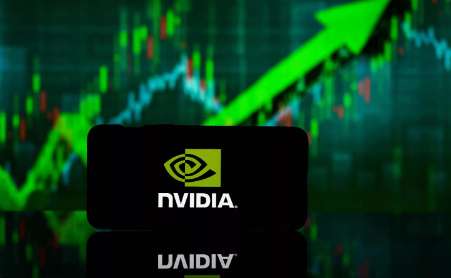Tron Attracts $1.52 Billion Inflows As Ethereum Loses $1.02 Billion
Recent capital movements in the cryptocurrency market have revealed a significant shift, with tron attracting $1.52 billion in stablecoins while Ethereum experiences $1.02 billion in outflows. This trend highlights a growing preference among investors for lower-cost blockchain solutions, indicating a broader change in user priorities towards efficiency and cost-effectiveness.
Over the past week, Tron has seen a substantial inflow of $1.52 billion in stablecoins, primarily from USDT and USDC. This influx not only positions Tron as a leader in stablecoin adoption but also underscores a critical user preference for networks that prioritize low costs and high efficiency. In contrast, Ethereum has witnessed a net outflow of $1.02 billion, marking the steepest decline among the top 15 blockchains. This trend suggests that users are increasingly favoring platforms that offer reduced fees and improved transaction speeds.
The analysis of these capital movements reveals a marked shift as users seek more cost-effective blockchain alternatives. Chains like Tron, Hyperliquid, Toncoin, and Arbitrum are capitalizing on this transition, while platforms such as Avalanche, Base, and Solana show signs of outflow. This trend underscores a critical observation: liquidity is migrating towards platforms that offer more streamlined, efficient on-chain experiences, particularly in stablecoin-centric transactions.
The rise of non-USD denominated stablecoins correlates with the recent capital flows toward networks like Tron. These assets are gaining traction, especially within cost-effective blockchain ecosystems. Recent data indicates growth in stablecoins like NGNC, IDRX, and brz, alongside smaller increases in CADC and MXNe. Such surges point towards a desire for stablecoin diversity and options beyond traditional fiat currencies.
While USD-backed stablecoins continue to dominate the market, the burgeoning interest in regional stablecoins highlights crucial use cases in foreign exchange hedging, payments, and commerce. As demand for varied currency options rises, blockchain networks that provide faster and cheaper transaction execution will likely emerge as the preferred avenues for diverse stablecoin utilization. The current trajectory of capital flows indicates that as users diversify their assets away from Ethereum, platforms like Tron may shape the future landscape of cryptocurrency transactions.
In summary, the shift in capital from Ethereum to Tron, combined with the increasing adoption of non-USD stablecoins, represents a pivotal moment in the crypto ecosystem. Users are now prioritizing efficiency and cost-effectiveness, which could herald new strategies for portfolio diversification within the cryptocurrency space. The ongoing trends signal a transformation as Bitcoin and Ethereum’s hegemony is challenged by innovative, alternative platforms.











